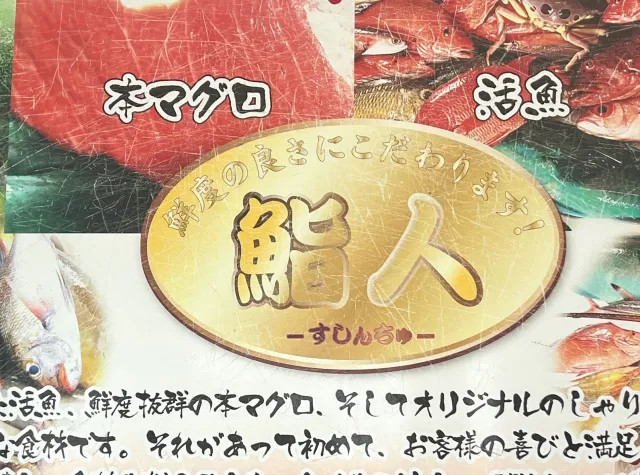
There was one surprising sushi that we never expected to love, but now we’re a major fan!
If you’ve been following our site for a while, by now you’re probably familiar with Japan’s major revolving sushi restaurant chains: Sushiro, Hama Sushi, Kura Sushi, and Kappa Sushi. We eat at these restaurants all the time and even compare their different dishes.
But did you know that Japan’s southernmost and westernmost revolving sushi restaurant isn’t actually one of these chains? It’s called Sushinchu (a play on the Okinawan word for “islander”, “Shimanchu”), and it’s located on the remote island of Ishigaki, which is part of the prefecture of Okinawa.
And they don’t just have any sushi…They have lots of unique seafood fished from the seas around Okinawa, which is much harder to find than on the mainland of Honshu! When our Japanese-language reporter Kouhey discovered this while on a recent trip to Ishigaki, he had to check it out.
Sushinchu is very centrally and conveniently located in the city of Ishigaki, just a five-minute walk from the ANA Intercontinental Ishigaki Resort, a popular accommodation for travelers.
Kouhey was in the area just before the restaurant opened, so he was inside just a few minutes after the door was unlocked. What greeted him as soon as he stepped through the doors was a huge sign advertising the lunch menu, which offered various different kinds of sushi bowls and platters.
There was also a menu of specialty ingredients that looked like they could only be found at Japan’s southernmost revolving sushi restaurant, which got Kouhey’s heart a-pumping with excitement.
The interior was as spacious as any Sushiro, with about 80 seats. Since Kouhey had arrived just after opening time, there was only one other person there.
Ordering was, like many large chains these days, conducted with a touch pad, though of course you can always simply snatch up plates as the slowly roll by on the belt.
It was impressive that the restaurant had both the local charm of Japan’s southernmost and westernmost revolving sushi restaurant and an atmosphere and amenities that could rival any large chain.
There were eight levels of pricing, starting at 130 yen (US$0.91) and going up to 990 yen.
Kouhey wasted no time in choosing some sushi. Naturally, he started with items in the category of “Seafood from Ishigaki”.
From the conveyer belt, he snagged the Ishigaki Island Coastal Raw Tuna (275 yen)…
…Fluted Giant Clam (462 yen)…
…Steephead Parrotfish (275 yen)…
…and Leopard Coral Grouper (330 yen).
For a total of 1,342 yen, Kouhey managed to order a sampling of Ishigaki local sushi. Besides the Raw Tuna, they were all things Kouhey had never heard of, which really got him excited to try them.
He started with the Ishigaki Island Coastal Raw Tuna.
Compared to tuna he’d eaten from big chain revolving sushi restaurants, the flesh had a bit more springiness to it. It felt like the kind of fish that would always have a reliable flavor.
Next he tried the Steephead Parrotfish, which is a fish with beautiful bright blue scales found in the coastal waters of Okinawa. Kouhey had never once found it on mainland Japan, and thus had never tried it before. He was interested to see what it would taste like.
If he were to sum up his thoughts, he’d say that the flesh was very springy, but the flavor was quite refreshing. Kouhey would have to say it was the first time he’d ever experienced that with a white fish. When paired with shiso leaves, which are offered at Sushinchu as a topping, Kouhey had to admit this sushi left a big impression.
For his third sushi, he tried the Leopard Coral Grouper, which is considered a luxury fish in Okinawa. Kouhey was full of expectations as he lifted it to his lips…
The thing that left the biggest impression was the thickness of the fish. It had a serious solidity to it, like it was about three times firmer and thicker than blowfish sashimi, which is pretty firm.
The last of the Ishigaki sushi he tried was the Fluted Giant Clam.
It was full of the flavor of shellfish; the more Kouhey chewed, the more the flavor spread through his mouth. This sushi had a major impact on him. He swallowed it after about ten chews, and then promptly missed the flavor, which made him wish they made a gum that tasted like that. It would sell like hotcakes (probably because he would buy them all).
Of course, Kouhey wasn’t finished yet. There were still things he had to try, so he ordered the Deepwater Longtailed Red Snapper (330 yen). Almost immediately, just like some big-name revolving sushi restaurants, up zoomed a little bullet train that carried his sushi on a special delivery lane.
A hero-like character Kouhey wasn’t familiar with stood at the head of the train. Once he’d taken his plate, he pushed a red button, and the train zoomed on back to wherever it came from. As always, it was very entertaining.
Deepwater Longtailed Red Snapper, like the Leopard Coral Grouper, is considered a luxury fish in Okinawa. But how would it taste?
The short answer? Delicious! It had a rich flavor that Kouhey hasn’t tasted in similar sashimi. It had a decent firmness to it, too. Kouhey would say it was the tastiest sushi of the lot so far.
But there was one more sushi he had to try: Sea Grape Battleships (198 yen).
Having visited the Okinawa islands frequently, Kouhey has eaten this unusual-looking seaweed numerous times before, but never as a sushi. Usually you’d eat it as a bar snack dressed with a special sauce, so Kouhey had no idea how it would taste paired with rice.
As it turns out…it was really good! The poppable texture of the sea grapes paired excellently with the elasticity of the rice. Kouhey would never have expected it to be so good; it was a personal revelation for him. It was so good he thought…Why not make a donburi, or rice bowl, with sea grapes? Sea grapes are much easier to find on mainland Japan than some of the other ingredients he tried…Someone’s got to have tried it!
Kouhey was so excited and so enamored that he would say the Sea Grape Battleships were his favorite of the whole meal.
All in all, Kouhey’s experience at Sushinchu allowed him to taste some really yummy sushi that you could never find anywhere else, so it was a very valuable experience for him. If he ever gets to go back again, he’ll definitely be trying even more unique sushi. If you plan to visit Ishigaki Island one of these days, definitely don’t miss the chance to try it for yourself!
And don’t forget to make a stop at the southernmost and westernmost convenience stores in Japan too!
Restaurant Information
Sushinchu / 鮨人(すしんちゅ)
Okinawa-ken Ishigaki-shi Maezato 341-5
Hours: 11 a.m. to 8 p.m.
Open every day
Website
Images © SoraNews24
● Want to hear about SoraNews24’s latest articles as soon as they’re published? Follow us on Facebook and Twitter!

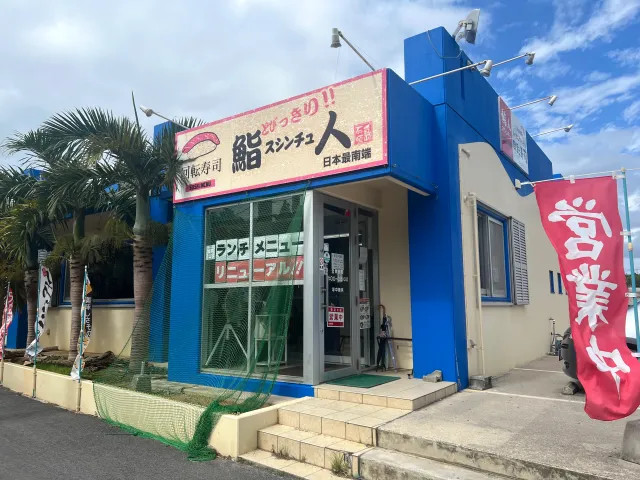
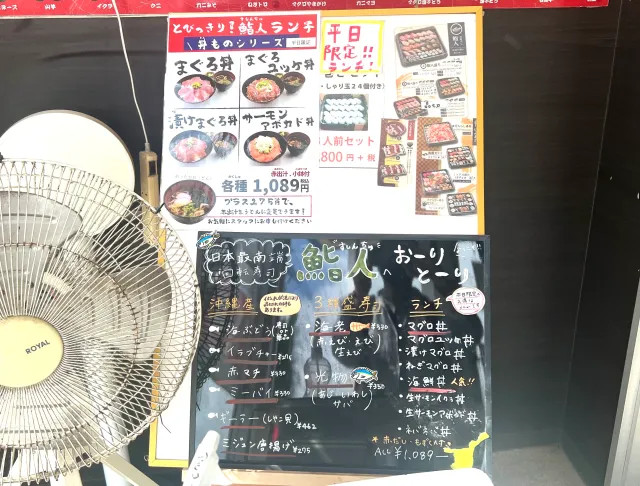
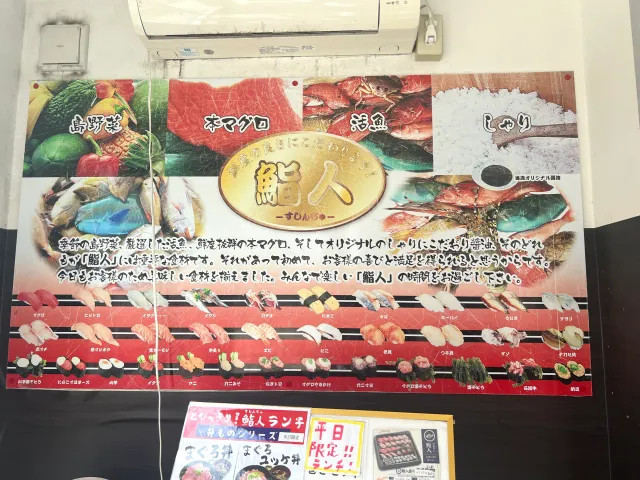
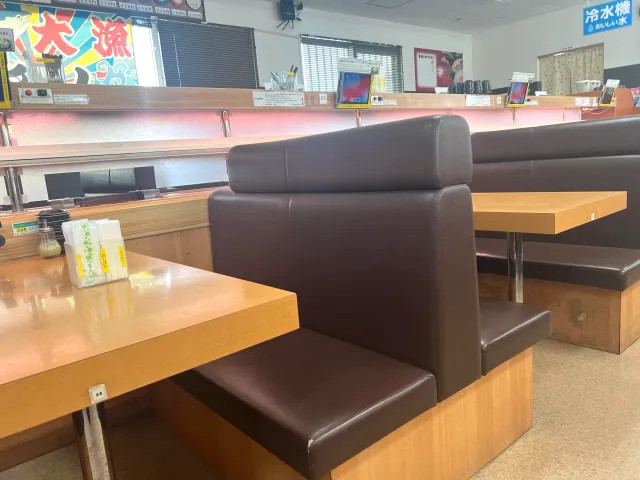
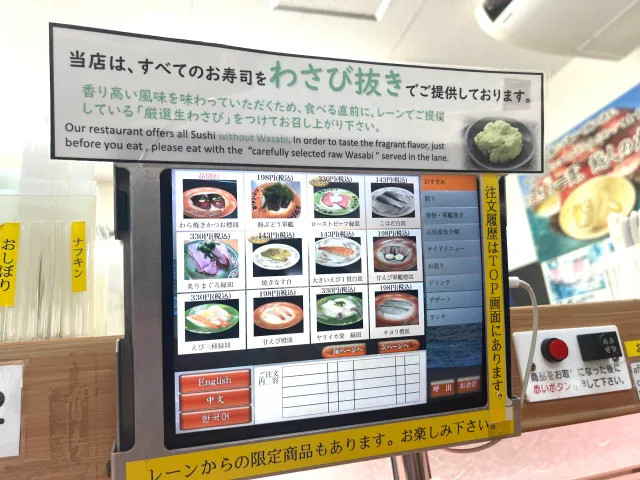
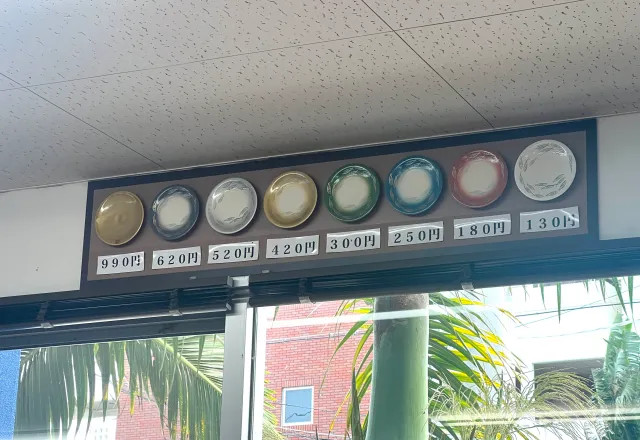
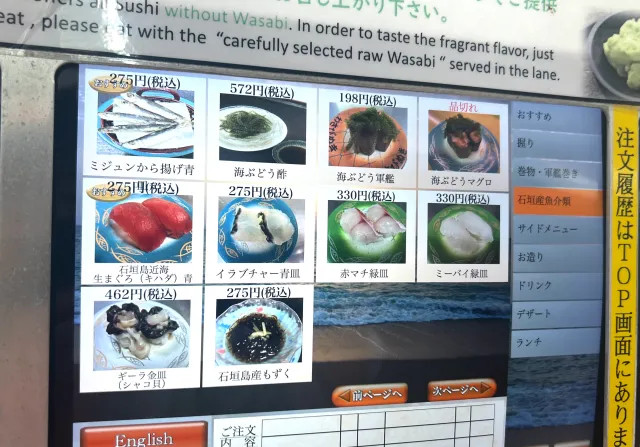
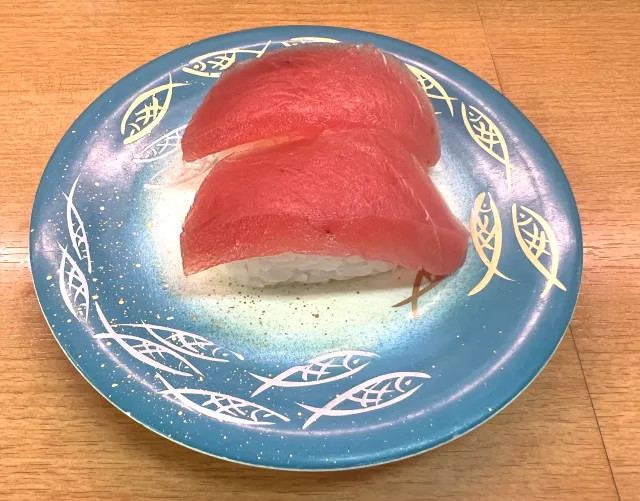

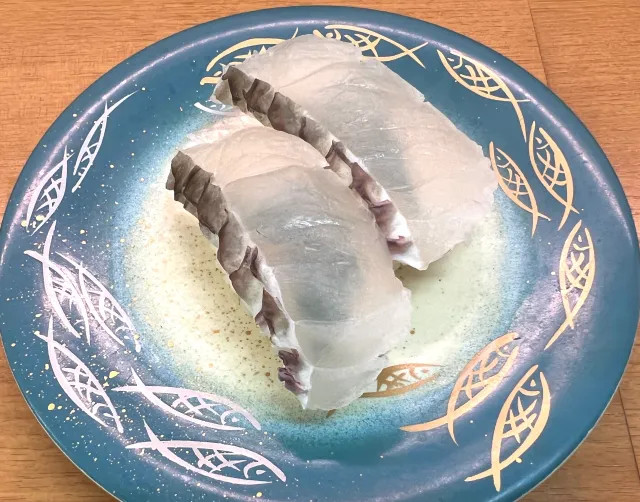
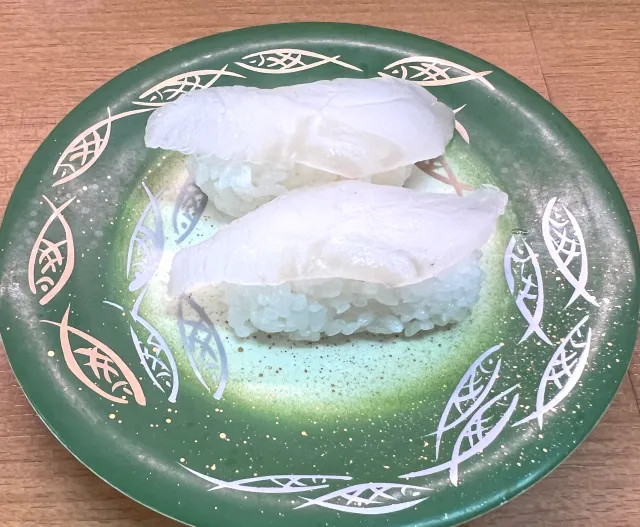
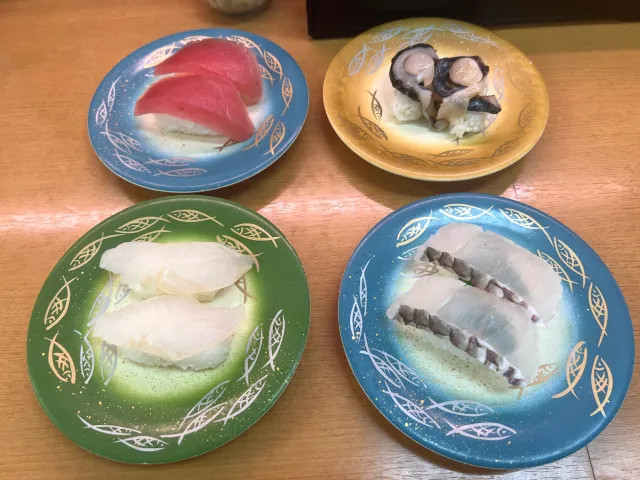
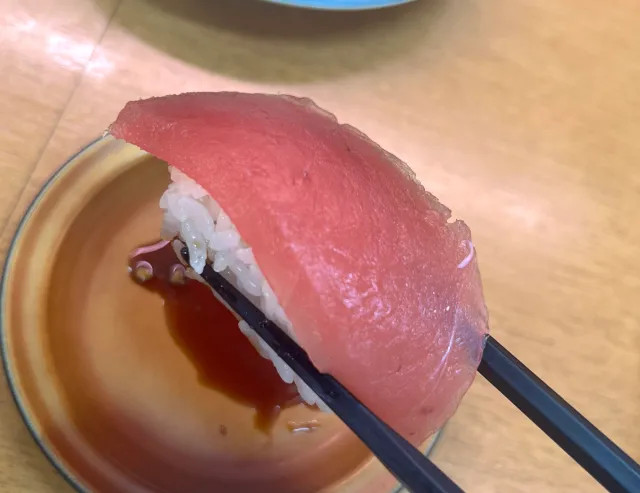
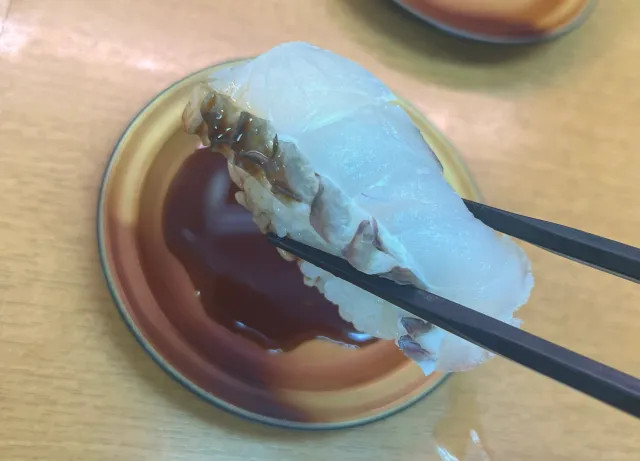
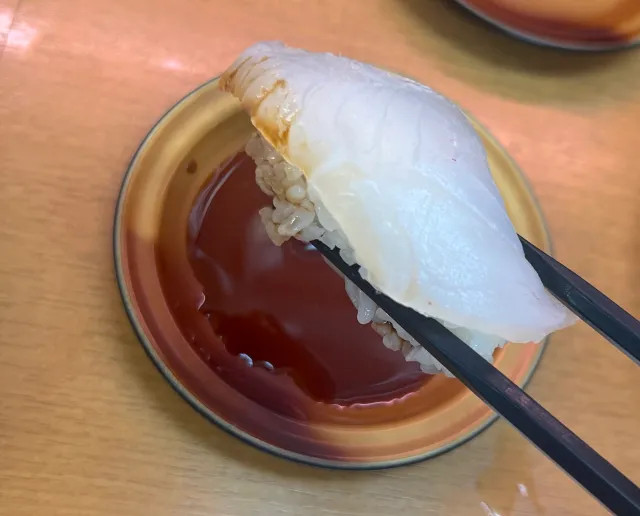
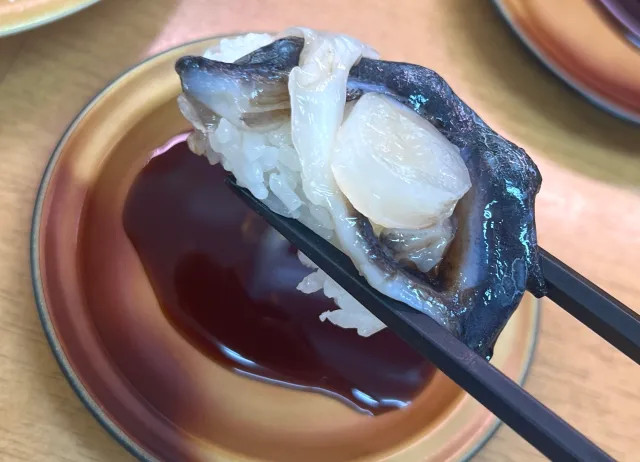
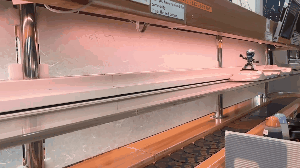
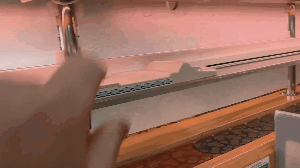
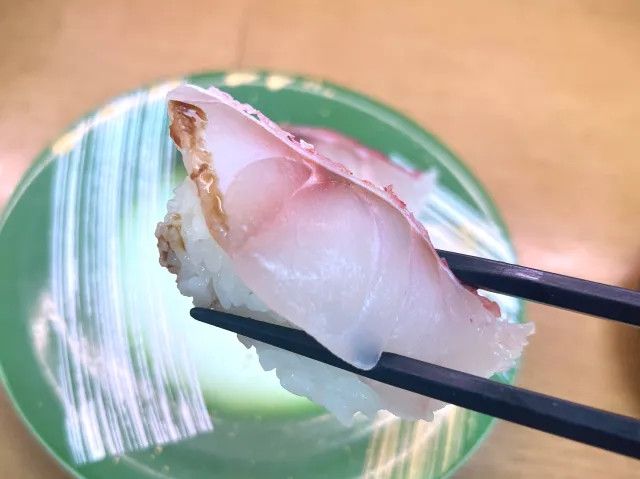
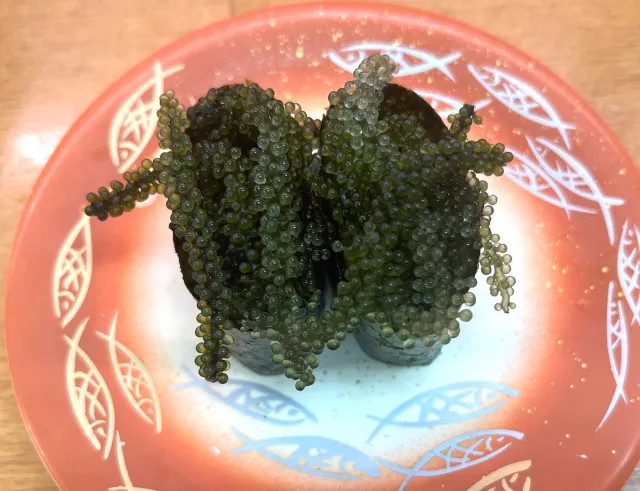
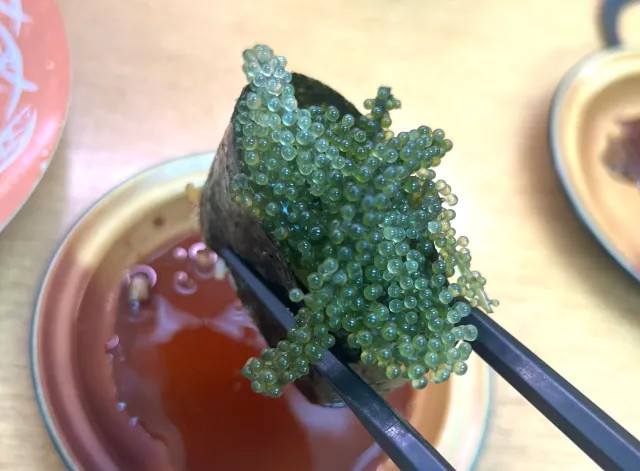
 We eat at an Ishigaki Island hotel breakfast buffet that has incredible value for the money
We eat at an Ishigaki Island hotel breakfast buffet that has incredible value for the money We try hone-jiru (bone soup), a delicious Okinawan specialty hard to find on mainland Japan
We try hone-jiru (bone soup), a delicious Okinawan specialty hard to find on mainland Japan How drunk can Awamori Jelly infused with liquor from Okinawa make us?
How drunk can Awamori Jelly infused with liquor from Okinawa make us? We find an Okinawan chili sauce made with the rarest kind of awamori–so we had to taste it
We find an Okinawan chili sauce made with the rarest kind of awamori–so we had to taste it This remote island guest house may have converted our “private rooms only” traveling reporter
This remote island guest house may have converted our “private rooms only” traveling reporter How to order snacks on a Shinkansen bullet train in Japan
How to order snacks on a Shinkansen bullet train in Japan Japan’s new difficult-to-drink-from beer glass protects your liver, but it’s a brutal experience
Japan’s new difficult-to-drink-from beer glass protects your liver, but it’s a brutal experience Demon Slayer: Kimetsu no Yaiba gets new roller coaster attractions and food at Universal Studios Japan
Demon Slayer: Kimetsu no Yaiba gets new roller coaster attractions and food at Universal Studios Japan Burger King Japan suddenly adds Dr. Pepper and Dr. Pepper floats to its menu nationwide
Burger King Japan suddenly adds Dr. Pepper and Dr. Pepper floats to its menu nationwide New Pokémon ice cream, dessert drinks, and cool merch coming to Baskin-Robbins Japan【Pics】
New Pokémon ice cream, dessert drinks, and cool merch coming to Baskin-Robbins Japan【Pics】 New Nintendo Lego kit is a beautiful piece of moving pixel art of Mario and Yoshi【Photos】
New Nintendo Lego kit is a beautiful piece of moving pixel art of Mario and Yoshi【Photos】 New samurai glasses are Japan’s latest weird must-have souvenir
New samurai glasses are Japan’s latest weird must-have souvenir Kyoto Tower mascot termination reveals dark side behind cute Japanese characters
Kyoto Tower mascot termination reveals dark side behind cute Japanese characters Hello, cosmetics! Clinique teams up with Hello Kitty this summer for first-time collaboration
Hello, cosmetics! Clinique teams up with Hello Kitty this summer for first-time collaboration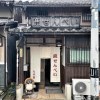 This Nara workshop has been making deer crackers for more than 100 years and offers tours【Photos】
This Nara workshop has been making deer crackers for more than 100 years and offers tours【Photos】 Nintendo history you can feel – Super NES, N64, and GameCube controllers become capsule toys
Nintendo history you can feel – Super NES, N64, and GameCube controllers become capsule toys “The most Delicious Cup Noodle in history” – Japan’s French Cup Noodle wins our heart【Taste test】
“The most Delicious Cup Noodle in history” – Japan’s French Cup Noodle wins our heart【Taste test】 Starbucks releases a cute Frappuccino and Unicorn Cake…but not in Japan
Starbucks releases a cute Frappuccino and Unicorn Cake…but not in Japan McDonald’s Japan’s Soft Twist Tower: A phantom ice cream only sold at select branches
McDonald’s Japan’s Soft Twist Tower: A phantom ice cream only sold at select branches Yabai Ramen: What makes this Japanese ramen so dangerous?
Yabai Ramen: What makes this Japanese ramen so dangerous? Finally! Nintendo Japan expands Switch 8-bit controller sales to everybody, Online member or not
Finally! Nintendo Japan expands Switch 8-bit controller sales to everybody, Online member or not Japanese government wants to build luxury resorts in all national parks for foreign tourists
Japanese government wants to build luxury resorts in all national parks for foreign tourists To combat declining birth rate, Japan to begin offering “Breeding Visas” to foreigners
To combat declining birth rate, Japan to begin offering “Breeding Visas” to foreigners 10 things you should buy at 7-Eleven in Japan
10 things you should buy at 7-Eleven in Japan Studio Ghibli releases anime heroine cosplay dresses that are super comfy to wear
Studio Ghibli releases anime heroine cosplay dresses that are super comfy to wear Woman charged for driving suitcase without a license in Osaka
Woman charged for driving suitcase without a license in Osaka Studio Ghibli unveils My Neighbour Totoro miniature house model
Studio Ghibli unveils My Neighbour Totoro miniature house model Kyoto experiencing problems with foreign tourists not paying for bus fares, but not on purpose
Kyoto experiencing problems with foreign tourists not paying for bus fares, but not on purpose Fighting mild hunger with a Japanese soda that turns into jelly in the stomach【Taste test】
Fighting mild hunger with a Japanese soda that turns into jelly in the stomach【Taste test】 Studio Ghibli’s Howl’s Moving Castle tapestry unveiled in Japan for first time
Studio Ghibli’s Howl’s Moving Castle tapestry unveiled in Japan for first time McDonald’s new Happy Meals offer up cute and practical Sanrio lifestyle goods
McDonald’s new Happy Meals offer up cute and practical Sanrio lifestyle goods Sales of Japan’s most convenient train ticket/shopping payment cards suspended indefinitely
Sales of Japan’s most convenient train ticket/shopping payment cards suspended indefinitely Sold-out Studio Ghibli desktop humidifiers are back so Totoro can help you through the dry season
Sold-out Studio Ghibli desktop humidifiers are back so Totoro can help you through the dry season Japanese government to make first change to romanization spelling rules since the 1950s
Japanese government to make first change to romanization spelling rules since the 1950s Foreigner’s request for help in Tokyo makes us sad for the state of society
Foreigner’s request for help in Tokyo makes us sad for the state of society Ghibli founders Toshio Suzuki and Hayao Miyazaki contribute to Japanese whisky Totoro label design
Ghibli founders Toshio Suzuki and Hayao Miyazaki contribute to Japanese whisky Totoro label design Doraemon found buried at sea as scene from 1993 anime becomes real life【Photos】
Doraemon found buried at sea as scene from 1993 anime becomes real life【Photos】 Tokyo’s most famous Starbucks is closed
Tokyo’s most famous Starbucks is closed Princesses, fruits, and blacksmiths: Study reveals the 30 most unusual family names in Japan
Princesses, fruits, and blacksmiths: Study reveals the 30 most unusual family names in Japan Okinawan soul fool Pork Tamago Onigiri sold not at a five-star restaurant, but at an airport
Okinawan soul fool Pork Tamago Onigiri sold not at a five-star restaurant, but at an airport Trying some Umui sauces made only on a remote Japanese island with a population of 50【Taste test】
Trying some Umui sauces made only on a remote Japanese island with a population of 50【Taste test】 We visit super popular tuna specialty joint Izakaya Hitoshi on Okinawa’s Ishigaki Island
We visit super popular tuna specialty joint Izakaya Hitoshi on Okinawa’s Ishigaki Island “Hey, Japanese taxi driver, take us to the best Yaeyama soba noodles on Ishigaki Island!”
“Hey, Japanese taxi driver, take us to the best Yaeyama soba noodles on Ishigaki Island!” We try the heavenly bread at Tommy’s on Ishigaki Island in Okinawa
We try the heavenly bread at Tommy’s on Ishigaki Island in Okinawa 7-Eleven’s new whipped cream sandwich takes Japanese convenience store food to a whole new level
7-Eleven’s new whipped cream sandwich takes Japanese convenience store food to a whole new level Garlic-stuffed whole chickens sold at vending machine in Okinawa’s Naha Airport
Garlic-stuffed whole chickens sold at vending machine in Okinawa’s Naha Airport Does getting a perm help hide the thinning hair spots on your head? We try it and find out
Does getting a perm help hide the thinning hair spots on your head? We try it and find out We were blown away by Funabashi Sauce Ramen, just a short ride from central Tokyo【Taste test】
We were blown away by Funabashi Sauce Ramen, just a short ride from central Tokyo【Taste test】 Our natto maniac verifies the legitimacy of fermented soybean-flavored potato chips【Taste test】
Our natto maniac verifies the legitimacy of fermented soybean-flavored potato chips【Taste test】 Looking to have the best night out on Ishigaki Island in Okinawa? Go to this enka pub right now
Looking to have the best night out on Ishigaki Island in Okinawa? Go to this enka pub right now East Japan’s best food truck? Eating crepes from the winner of the Kanto Kitchen Car Championship
East Japan’s best food truck? Eating crepes from the winner of the Kanto Kitchen Car Championship What can 3,000 yen get you at a Japanese hamburger chain? We find out
What can 3,000 yen get you at a Japanese hamburger chain? We find out What does an EXACTLY 5,000-yen meal at Japan’s Mos Burger look like (and can one man eat it all)?
What does an EXACTLY 5,000-yen meal at Japan’s Mos Burger look like (and can one man eat it all)? Attending Japanese women’s pro wrestling live for the first time ever–and having an absolute blast
Attending Japanese women’s pro wrestling live for the first time ever–and having an absolute blast
Leave a Reply